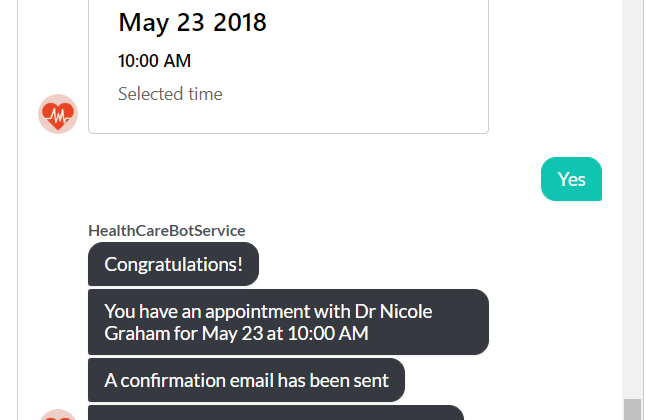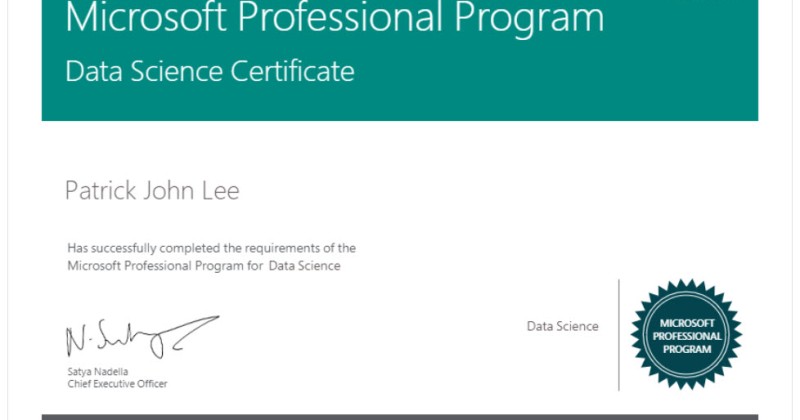I am pleased to report that I have just passed another Microsoft course, this time from the Microsoft Professional Program for Artificial Intelligence:
Introduction to Artificial Intelligence, with a final mark of 100%.
This was a fascinating course, providing a very good introduction to machine learning, text analysis, computer vision (including face recognition and video analysis) and conversation as a platform (chatbots and Natural Language Processing [NLP]).






